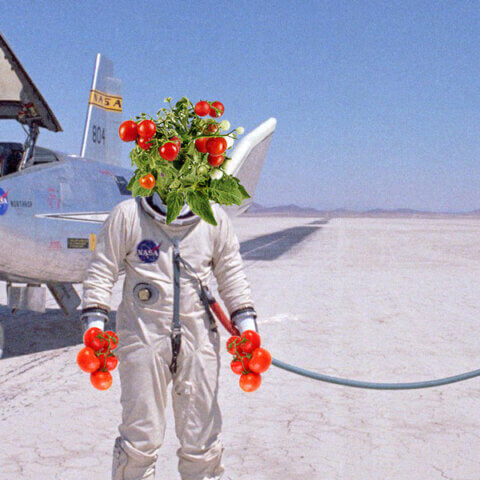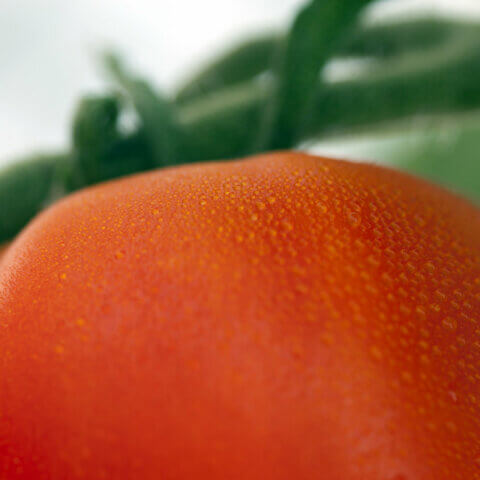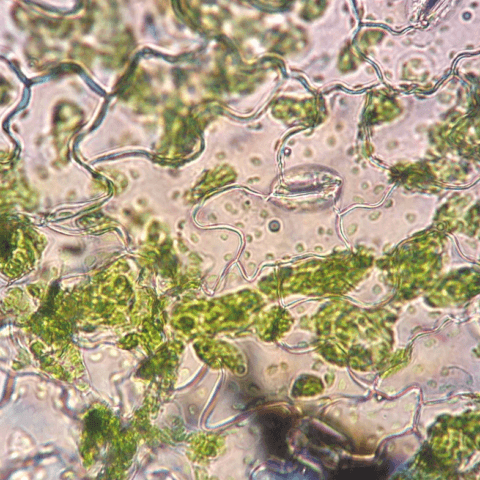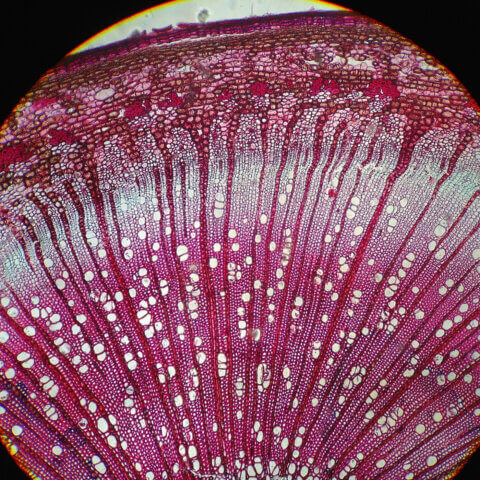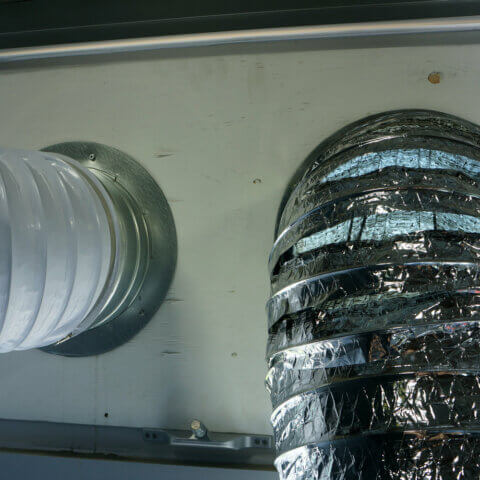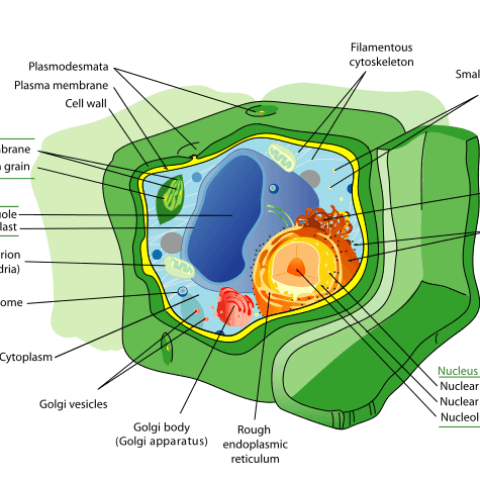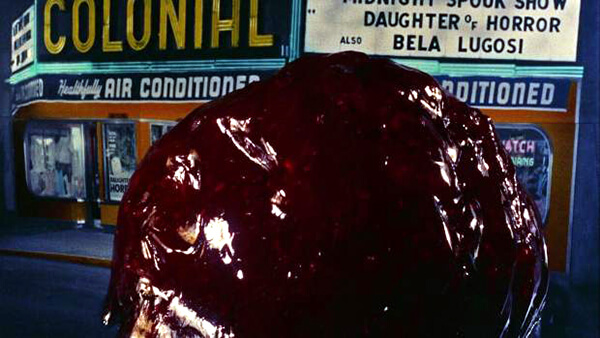
What is the slime that appears in my reservoir and on my plants roots a few days after I mix my reservoir? Is it bad for my plants?
That is most likely bacterial slime. Depending on what type of bacteria it is (which is nearly impossible to know by simply examining it), it may not be bad for your plants.
However, even if it is a beneficial strain of bacteria, if it is too thick and covering your roots, it can clog the root stomata and cause the plants to suffocate. It can also clog pumps, drip emitters and spray lines. Ideally, if you are growing indoors and particularly in hydroponics, you want to keep things as clean and sterile as possible.
Disinfecting your reservoir and irrigation equipment in between reservoir changes is very important. Using beneficial bacteria products in a hydroponics system is not necessarily a good way to go. Don’t get me wrong, beneficial bacteria are great. However, they are part of an intricately laced food web that does not exist and cannot be perfectly replicated in a hydroponic system. Soil microorganisms feed on carbon. Where does carbon come from? Organic matter, aka compost. In a pure water culture environment, there is no carbon present for them to feed on.
Even in a soil garden, applying beneficial bacteria over and over again is not a good idea. Soil microorganisms are subject to the conditions they live in. They will naturally equalize based on the food and nutrient availability. For microbes to increase, there must be more organic matter available than what the soil microbes can consume. Once the available organic matter is consumed the microbes themselves become food for each other. Without adding carbon before the additions of microorganisms can result in even lower microbe populations as they cannibalize each other.
So, less is more with bacteria. Inoculate your soil with good compost or compost tea. Or, a commercially available beneficial bacteria product such as our SubCulture B. Then, let nature take its course

